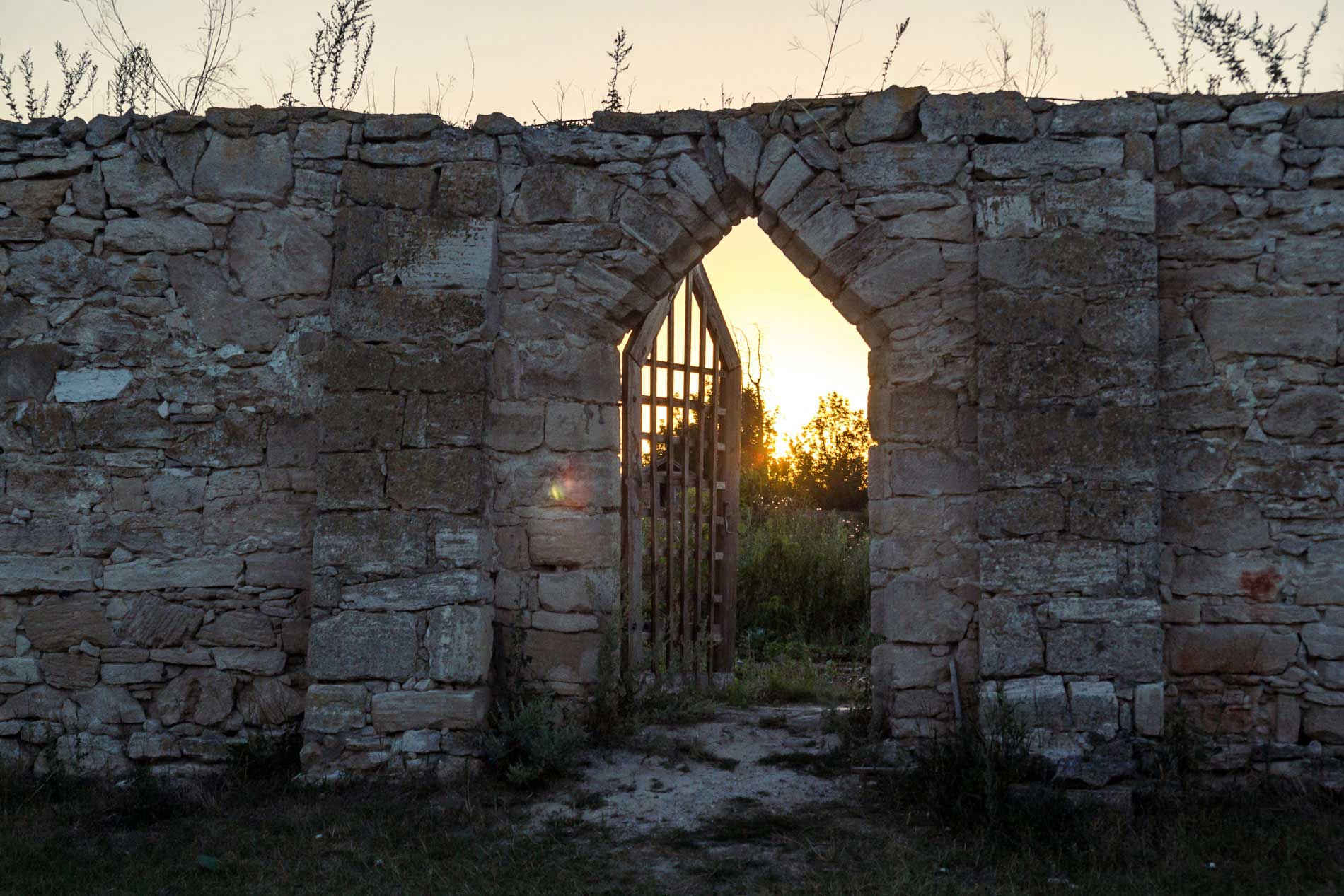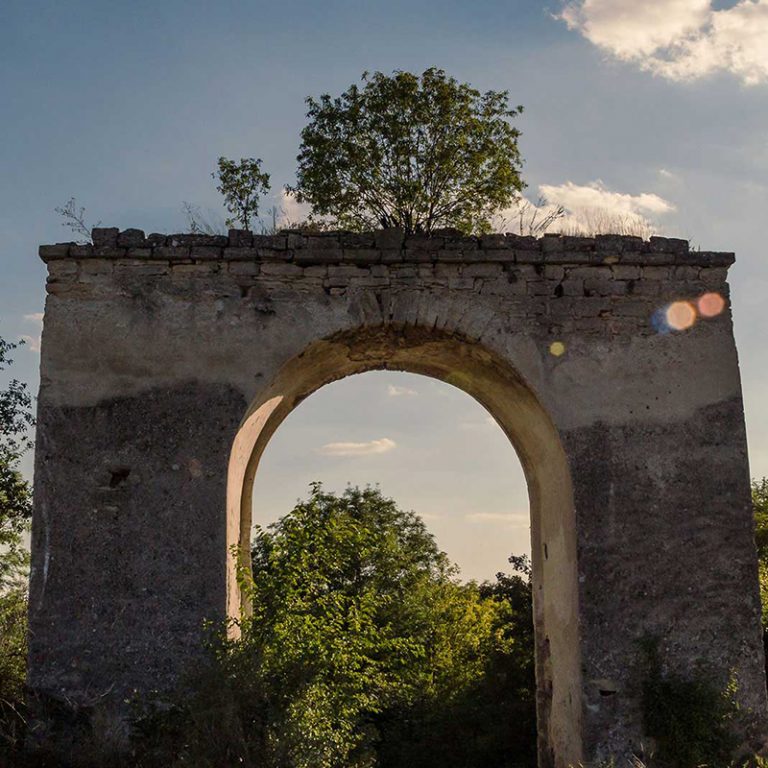At the turn of the 18th and 19th centuries and the crossroads of the Russian and Austro-Hungarian empires, there existed a separate state on the territory of modern-day Podillia. The state had its own constitution and laws. Most importantly, serfdom had been abolished here, much earlier than in other Ukrainian lands. The landlord Ignatii Stsybor-Markhotskyi freed all his subjects and united the 15 villages he had inherited in what was then the Ushitskyi district of Podilsk province. He proclaimed them the “Mynkovetska state”.
Today, ruins are all that remain of its former riches. In Soviet times, the territory of one of the four master residences was converted into a pig farm. Nowadays, it’s rare to meet travellers in these parts. They mostly come for the Otrokiv festival, which is hosted annually by businessman and philanthropist Ihor Skalskyi. It was he who stepped in to take care of the historical monuments and set himself the goal of reviving the ideas and glory of the Mynkovetska state.
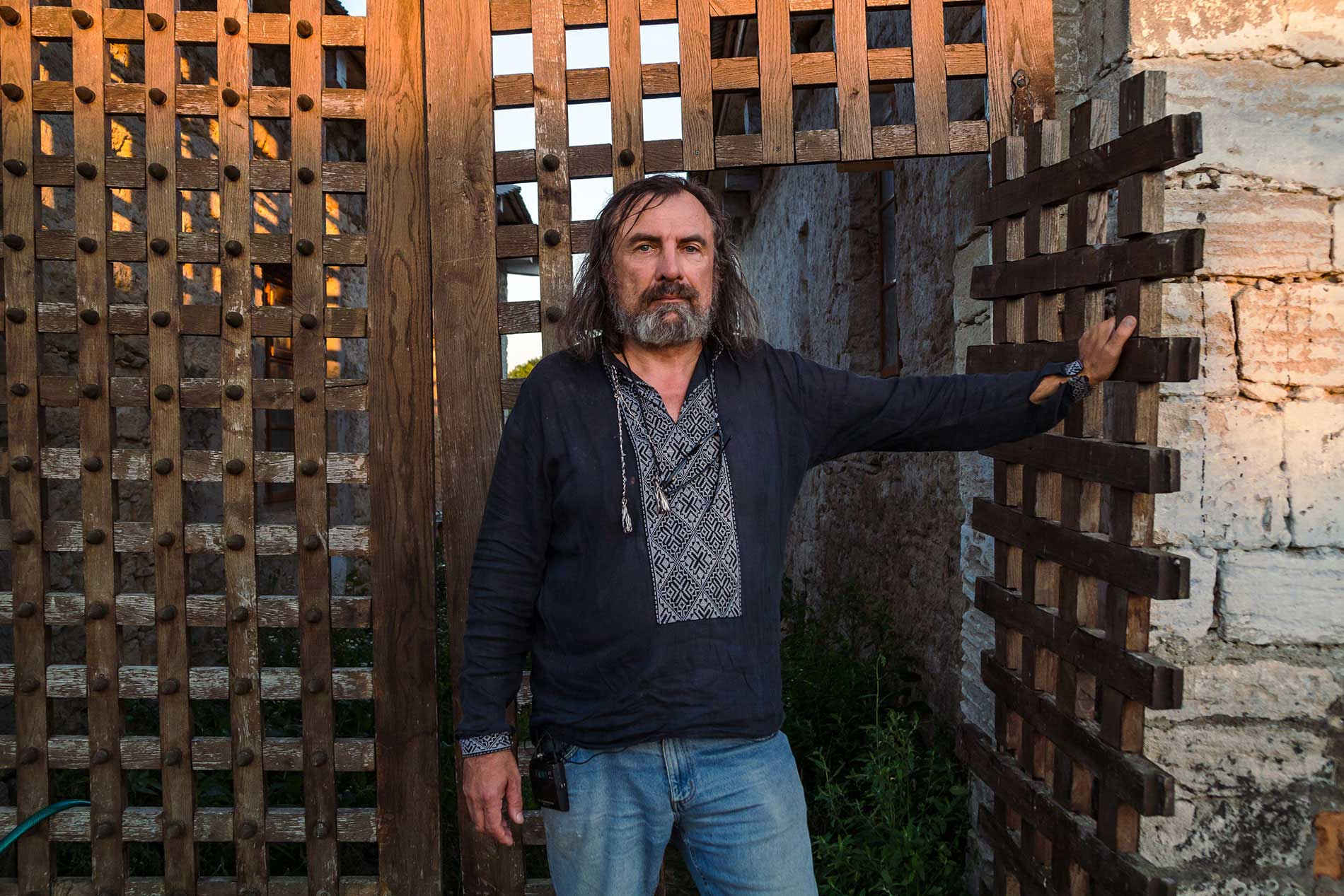
Eccentric and reformer
In 1790, a young Polish landlord, Ignatii Markhotskyi, inherited the town of Mynkivtsi (and several surrounding villages in Podillia) from his uncle. The count’s lands stretched as far as the border, not long before the subsequent division of Poland. The age-old problem of choosing between East and West was resolved by Stsybor-Markhotskyi in his own way: he declared possession of an independent state by putting up pillars at the border. On the east side he wrote, “The border between the Mynkovetska state and the state of Russia”, and on the west side, “The border between the Mynkovetska state and the state of Austria” (— ed.).
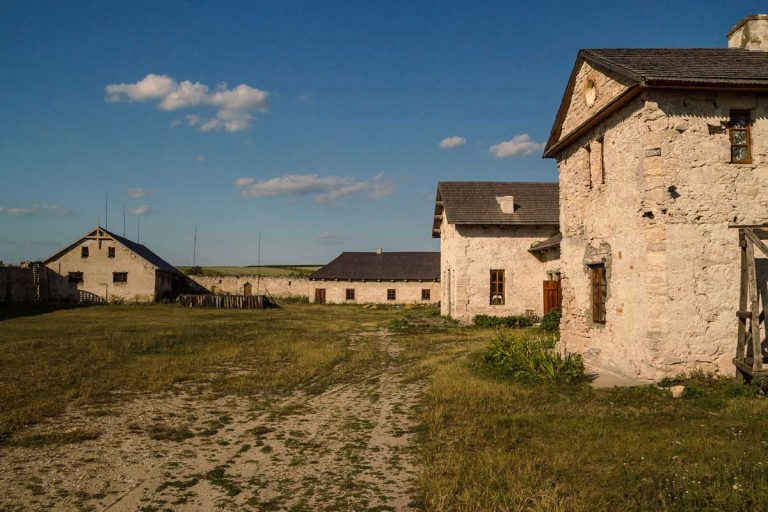
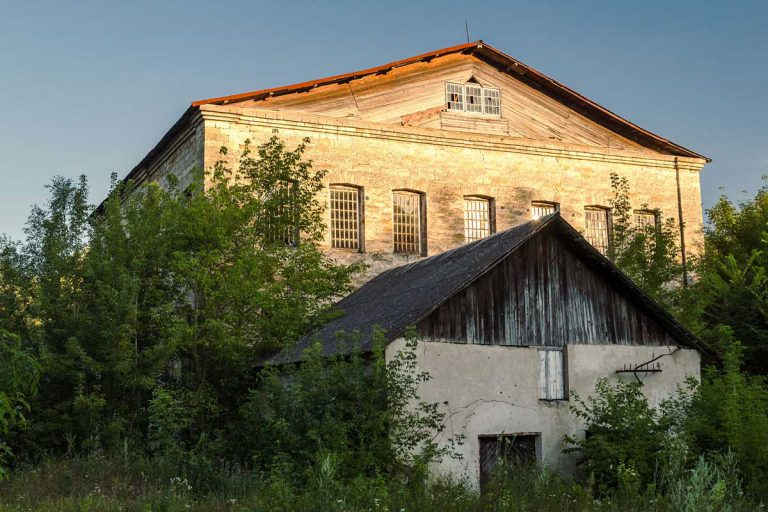
slideshow
Markhotskyi was regarded as an eccentric by his contemporaries, but nowadays historians call him a reformer who was far ahead of his time. The period of his rule in Mynkivtsi saw the opening of a school, a pharmacy, factories making cloth, paper, carriages, bricks, varnish and paints, a library containing two thousand volumes, and one of the first printing houses in Podillia. In addition to all this, there was a mint that produced its own money.
Marhotskyi set up an orphanage and a hospital on his lands, inviting two doctors: one expert in traditional medicine, the other a homeopath. For the convenience of travellers, the count ordered a hotel to be built, and different varieties of fruit trees to be planted along the roads.
Stsybor-Markhotskyi was known for his eccentric ways. He observed pagan holidays, wore a Roman toga, read sermons to himself, and installed monuments to personalities that he considered notable. As well as a temple and a church, there were buildings in his self-proclaimed state dedicated to William Tell and Jean-Jacques Rousseau.
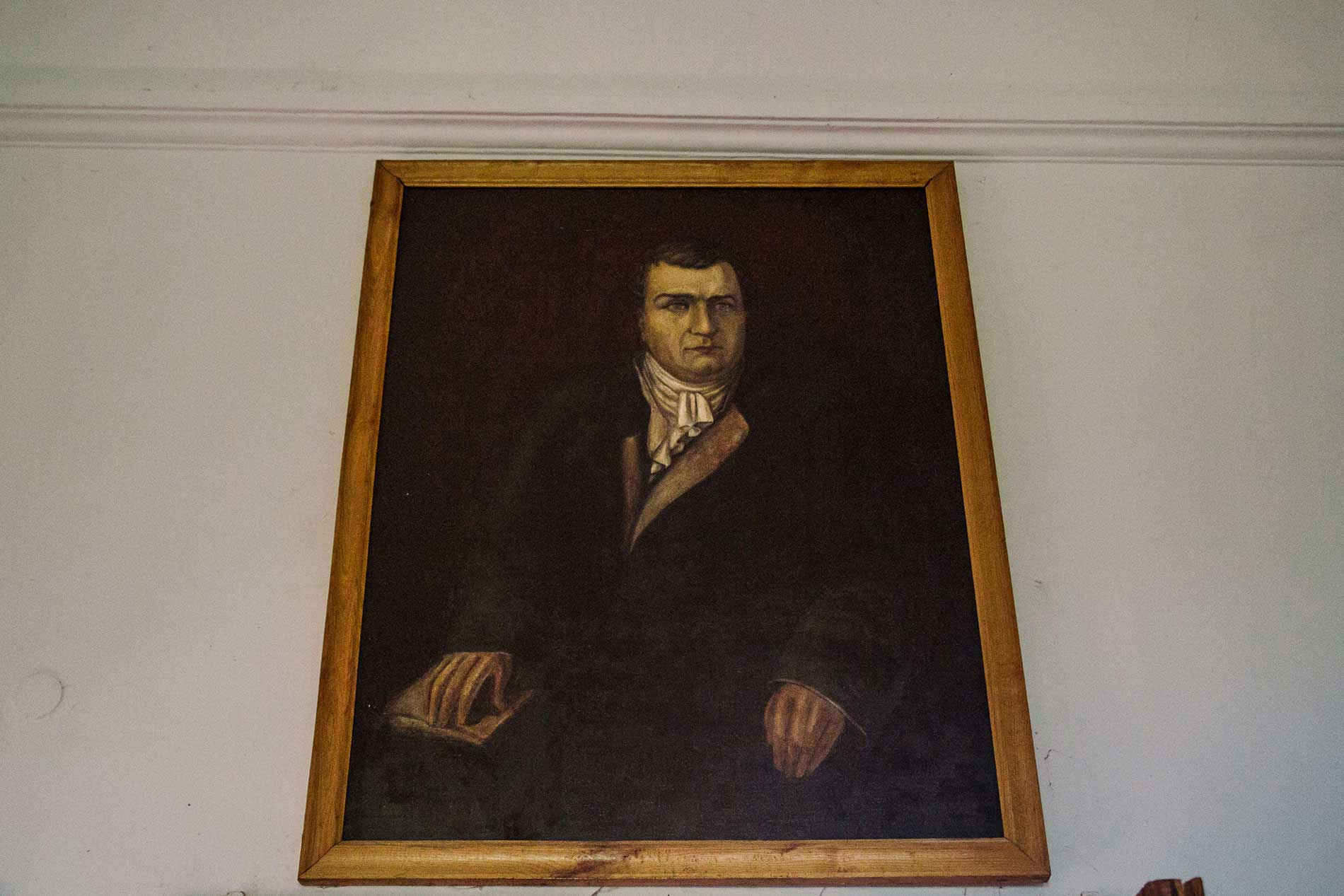
The feast of Ceres, the Roman goddess of fertility, was celebrated on a grand scale. It coincided with obzhynky, or the harvest festival. In 1804, the landowner brought in the Farmers’ Charter, introducing a system of cash payments in place of serfdom. What’s more, severe punishment was threatened to anyone who dared to call one of Marhotskyi’s subjects a serf.
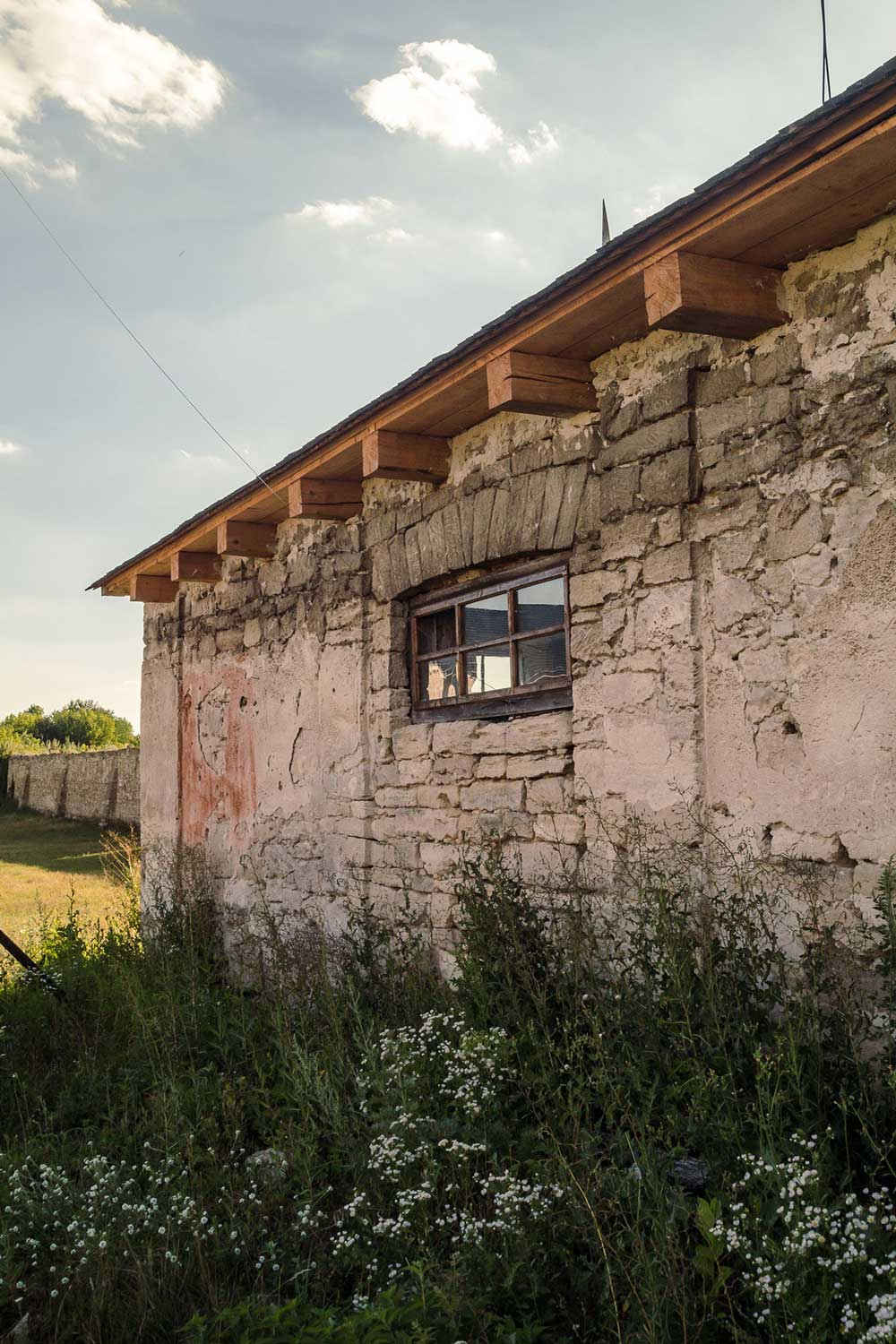
Also among the count’s domains were several villages on the Black Sea coast. There, the landlord set up a stud farm, started breeding silkworms, and developed sheep farming. Peasants convicted of wrongdoing were also sent here. This is said to be how the settlement of Karolino-Bugaz was established in the 1820s (which, incidentally, was named after the landowner’s son Karol).
There are many interesting stories associated with the eccentric Markhotskyi. For example, in 1814, he was elected by the nobility to be in charge of delivering provisions to the Russian army in Warsaw. During his trip to the Polish lands, he called himself ‘Dux’, or leader. After successfully completing the mission, he took on a new title — ‘Redux’ — Latin for “the leader of the expedition who returned home”. It is rumoured that to the end of his days, the count would not accept papers or letters that did not include this title.
Markhotskyi was even sent to prison for his antics and misunderstandings with his contemporaries. In 1816, he was arrested and taken to Kamianets-Podilskyi on charges of violating religious canons. He succeeded in denying his involvement in blasphemy and paganism, but there were new allegations that he had forced the peasants to recognise no authority but his own. It was then that the citizens of the Mynkovetska state came to his defence. They sent a message to Emperor Alexander I in support of Markhotskyi: in their opinion, he was being illegally persecuted by the local authorities simply for being the father of his subjects, rather than their master.
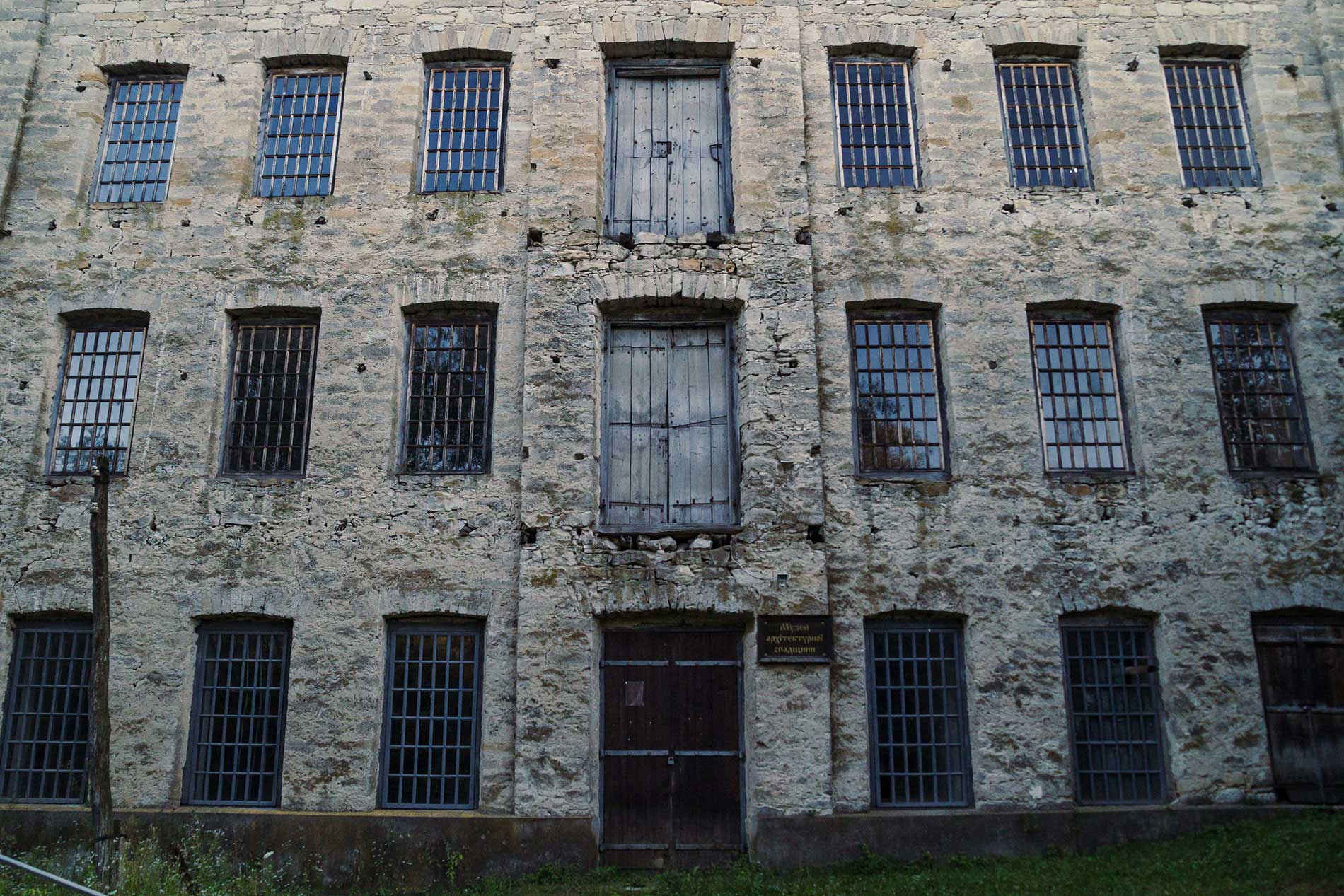
Pigsty in place of architectural heritage
The landlord built four residences for his family at once. The winter residence was in the village of Mynkivtsi, once the capital of the self-proclaimed state. The summer and autumn ones were situated in the nearby villages of Prytulivka and Probiyna. Markhotskyi built the spring residence in the late 18th century; modelled on a medieval castle, it is perched on a high hill over the Ushytsa River in Otrokiv. It was to become the most luxurious of the ruler’s homes.
These days, all that can be seen on the site of the former luxury residence are the remains of park buildings, a mill in one of the villages, and ruins in Otrokiv. In Soviet times, the historic monument was transformed into a pigsty, and paradoxically, that is what saved it. One of the rooms also served as a school and even a sausage shop. The complex itself was not even included in the local register of architectural monuments.
The territory was entrusted to the village council until 2008, when the decision was taken to sell it. That was when Ihor Skalskyi took it under his wing.
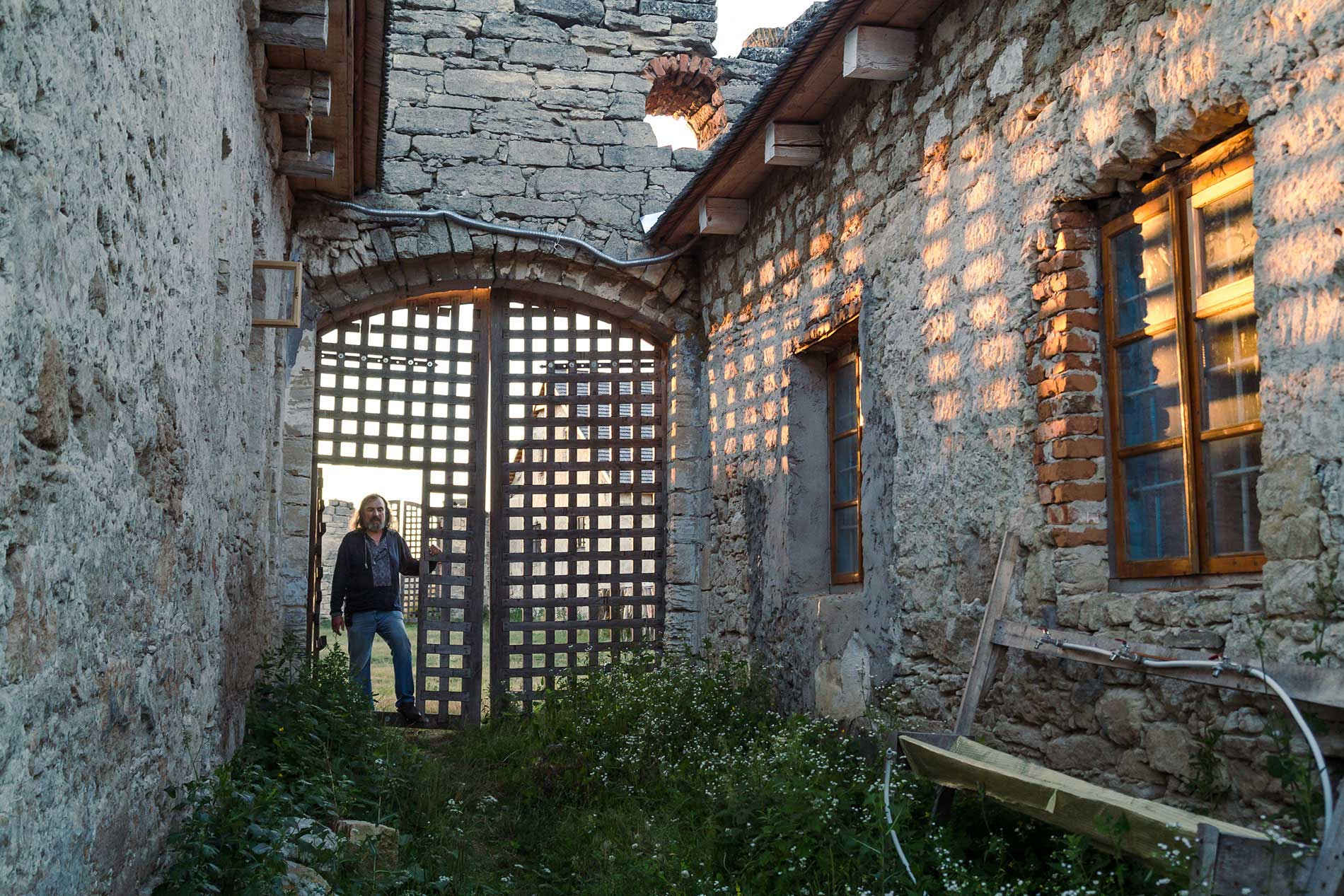
The revival of the Mynkovetska state
Ihor Skalskyi, a member of the Society for the Preservation of Historic and Cultural Monuments, has set himself the goal of reviving the ideas introduced by the reformer Markhotskyi. He explains why he chose this place among the many cultural heritage sites in Ukraine:
— A long time ago, it was customary here to live not for oneself, but for the sake of the future. We are simply continuing this tradition.
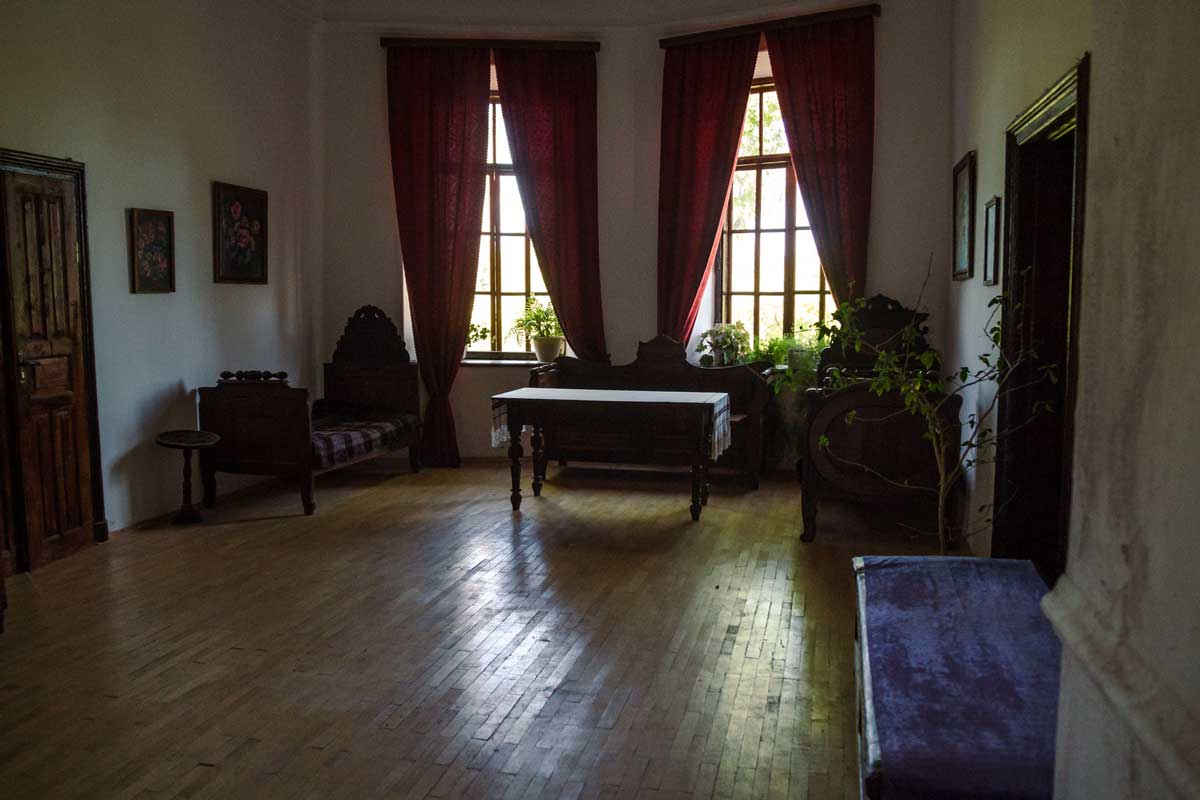
Ihor says that despite the large number of castles and palaces in Ukraine, nobody is really surprised by their history. After all, from generation to generation, they passed to owners who lived for their own comfort:
— The story here is quite the opposite. The young Markhotskyi, who read Voltaire and Jean-Jacques Rousseau, inherited 15 villages from his uncle. He wrote the Mynkovets Constitution in Polish, he established the so-called Mynkovetska state. There were trials by jury, which we still don’t have today, they tried to create a fair society. He proved that harmony and order in society can be achieved without revolutions.
Skalskyi recalls finding out that the village council had auctioned the manor, and deciding to buy it. The bidding started at UAH 25,000. His opponents were Jehovah’s Witnesses, but they “gave up” at 40,000. Skalskyi says he was ready to pay even more. He invested ten times more in the restoration:
— Since 2008, the process has been ongoing. It’s like renovation work — can it ever be finished? All you can do is to stop.
There is a lot of work to do. In order to restore the building, Ihor Skalskyi has called on architects on several occasions. However, it will take more than a year to get everything in order.
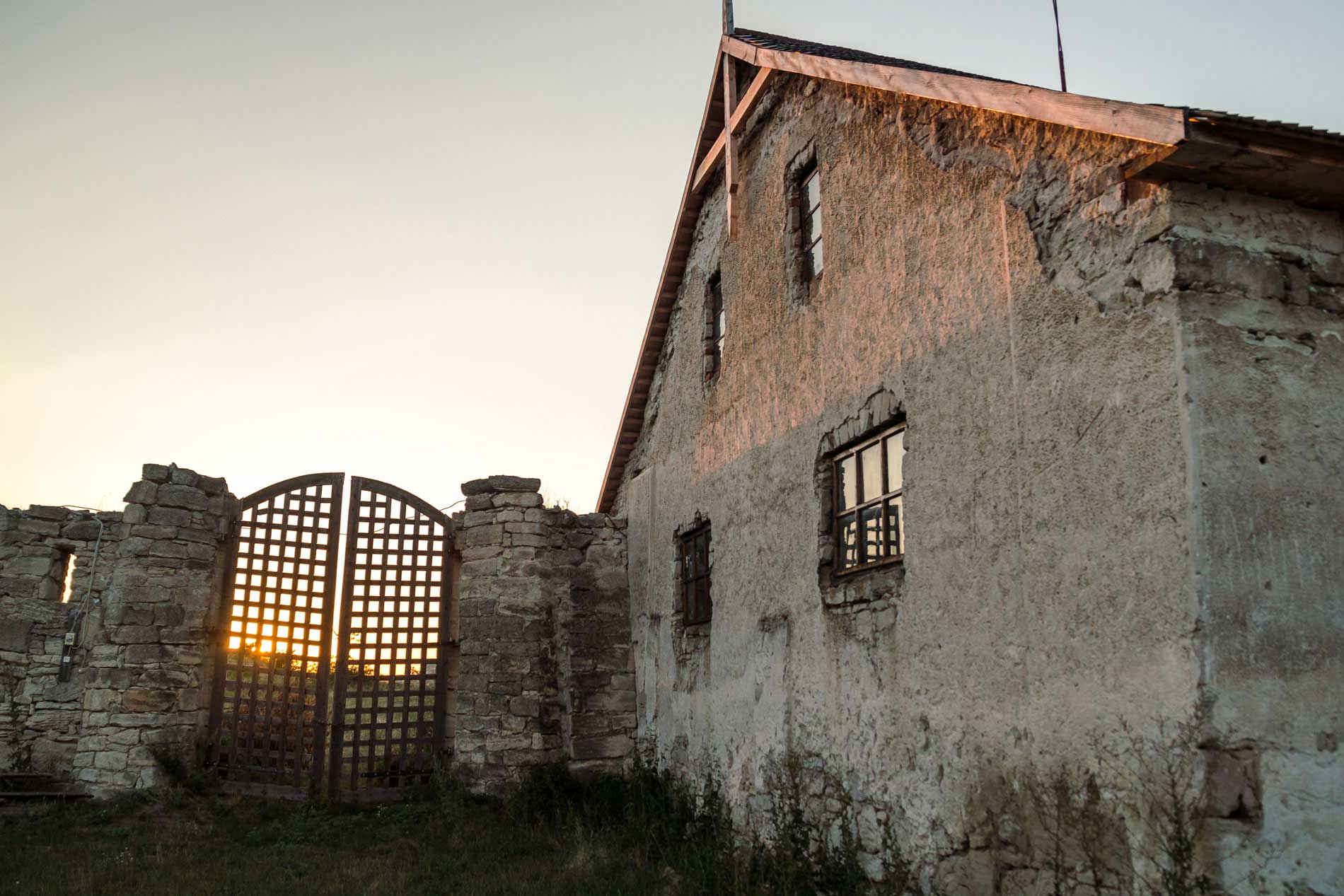
Legends and myths
Once upon a time, the castle in Otrokiv was surrounded by a large landscaped park, for which the count allocated a considerable sum of money. However, there are very few monuments that have survived to this day. The Triumphal Arch — which served as the entrance to the residence — has been preserved, as well as the romantic grottoes in the Ushytsia River valley.
Ihor Skalskyi says himself that it is something of a landmark, as locals believe that there are underground paths to the grottoes and to the castle:
— Of course there is no underground passage, but faith is a powerful thing. I saw here how myths are created. Above, there is an old cemetery where there’s a plate, and on top of that, a cup with a snake. In the village it is said that this was a girl who drowned, and when you need it to rain, you have to pour water on this snake and turn the cross over. Several volunteers came here, restored the cemetery, and cleaned this plate. It was a Polish guy — Michal, I don’t remember his surname — a doctor. So now he has this snake. But the legend of the girl lives on.
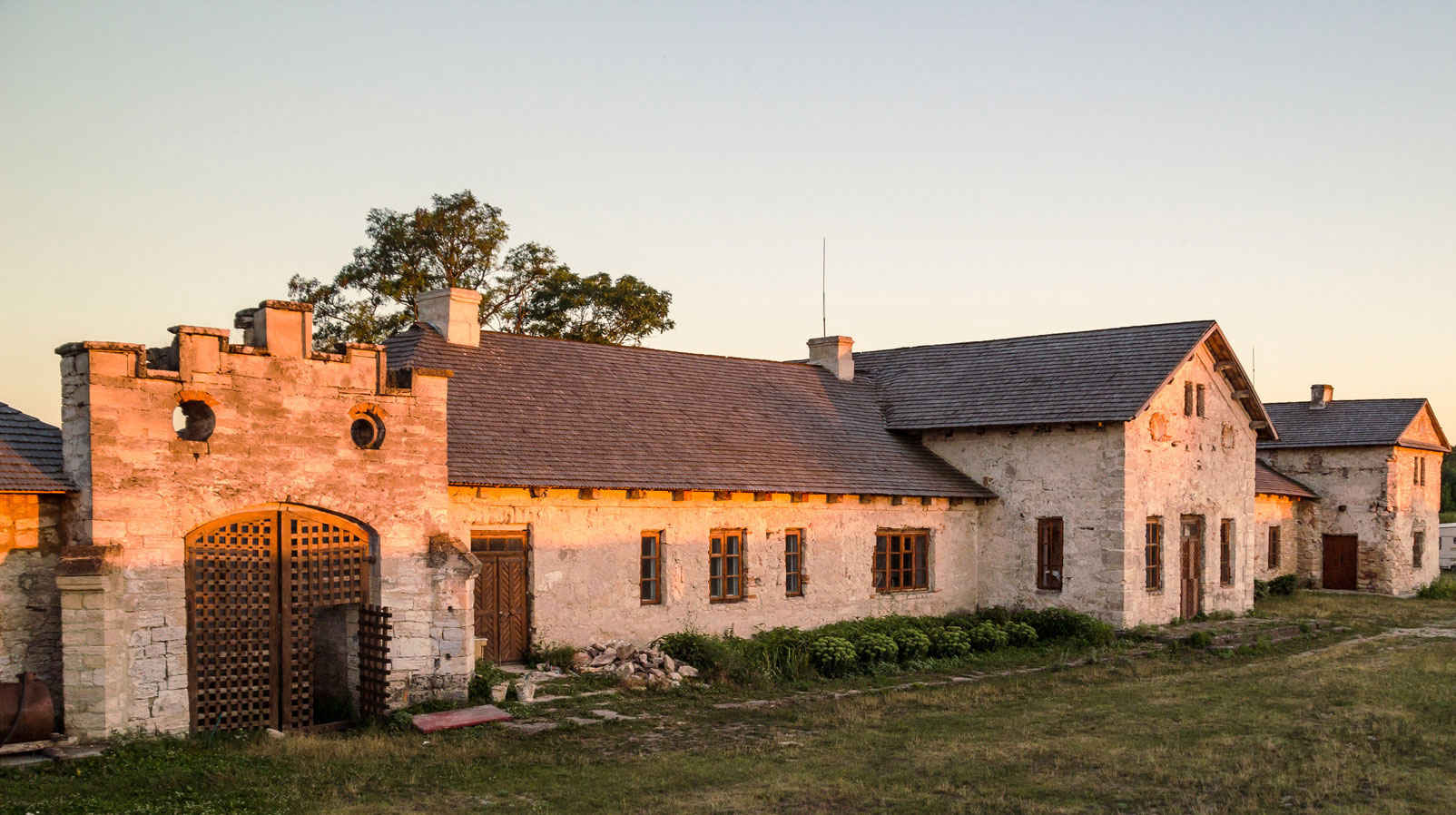
Festival
The Otrokiv festival was launched here in 2008. Over three days, the event brings together bands both professional and amateur, artists and guests, who come here every year in late August:
— ‘Otrokiv’ is like a harvest festival for Nova Ushytsia’s young talents, with a laser show. This festival has been held since 2008, although there were some special editions too — one was in Lviv in 2010 and on 1 January 2014, an Otrokiv festival was held on Independence Square in Kyiv.
The aim of the festival is to foster an intellectual and artistic environment based on Ukrainian historical traditions, and honouring the national cultural heritage:
— Until relatively recently, pigs were trotting around here on Forum Square, but we got them out of here to make way for the festival.
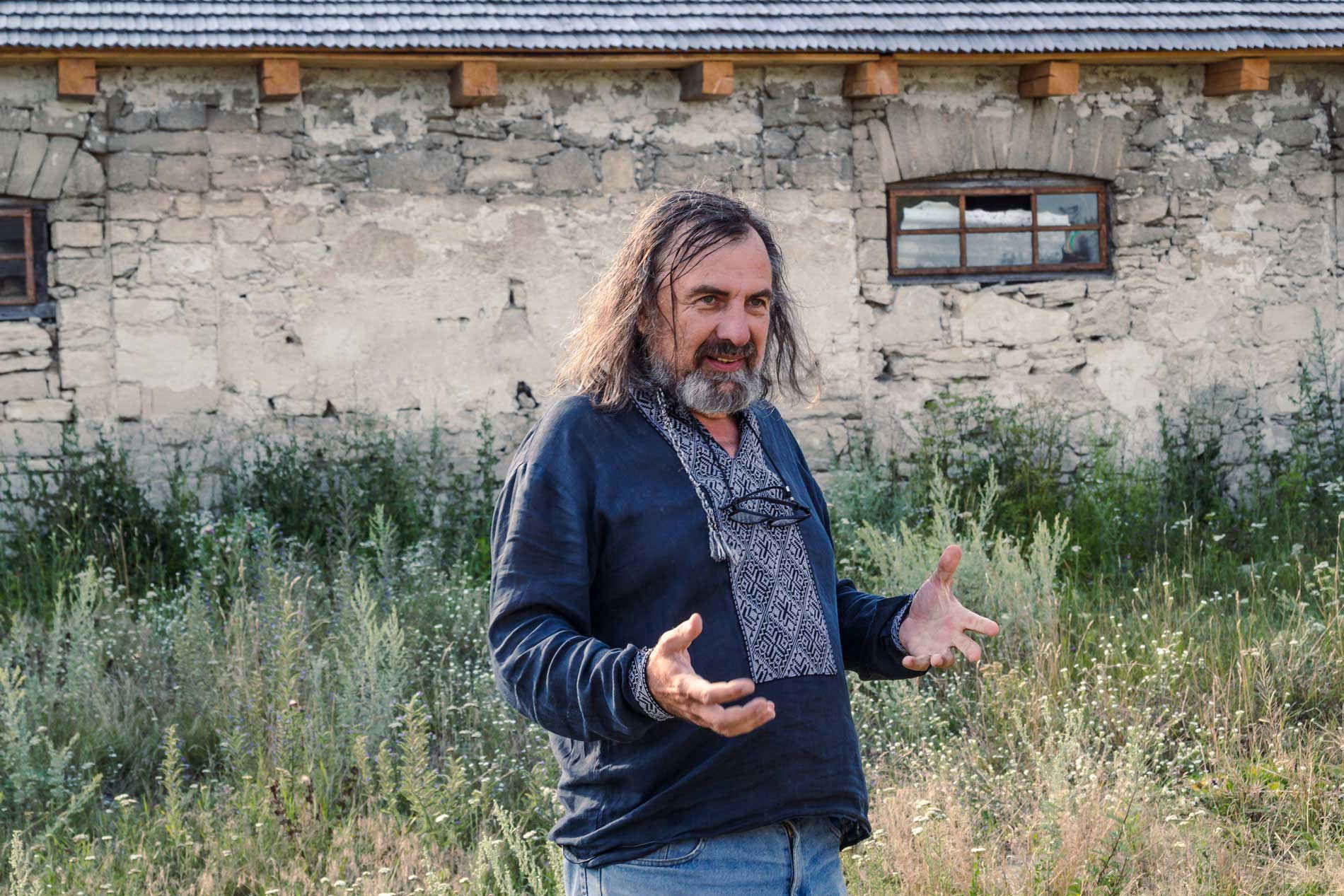
Initially, Ihor Skalskyi thought of the festival as a revival of the feast of Ceres, which Markhotskyi used to observe:
— There are quite detailed descriptions of the ‘obzhynky’ (harvest festival — ed.). There are accounts of the procession, telling of buffaloes with golden horns who pulled a huge platform where Markhotskyi’s daughter would sit, representing Ceres, the goddess of fertility. They would then come to the field and plough the first furrow, as Markhotskyi was very conscious that the ploughman was the one who provided food to the people. In Markhotskyi’s state, he could be treated neither as a serf nor as livestock.
Nowadays, ‘Otrokiv’ is not the only event taking place in the area. It was also host to the ‘Without Borders’ camp, where representatives of five different countries came here to exchange experiences. An English language camp was held, as well as ‘15×4’ events (in which four speakers give 15-minute talks — ed.), aimed at popularising science:
— We show people that science offers truly verified knowledge, which allows us to see the world as it is, not the way we want it to be.
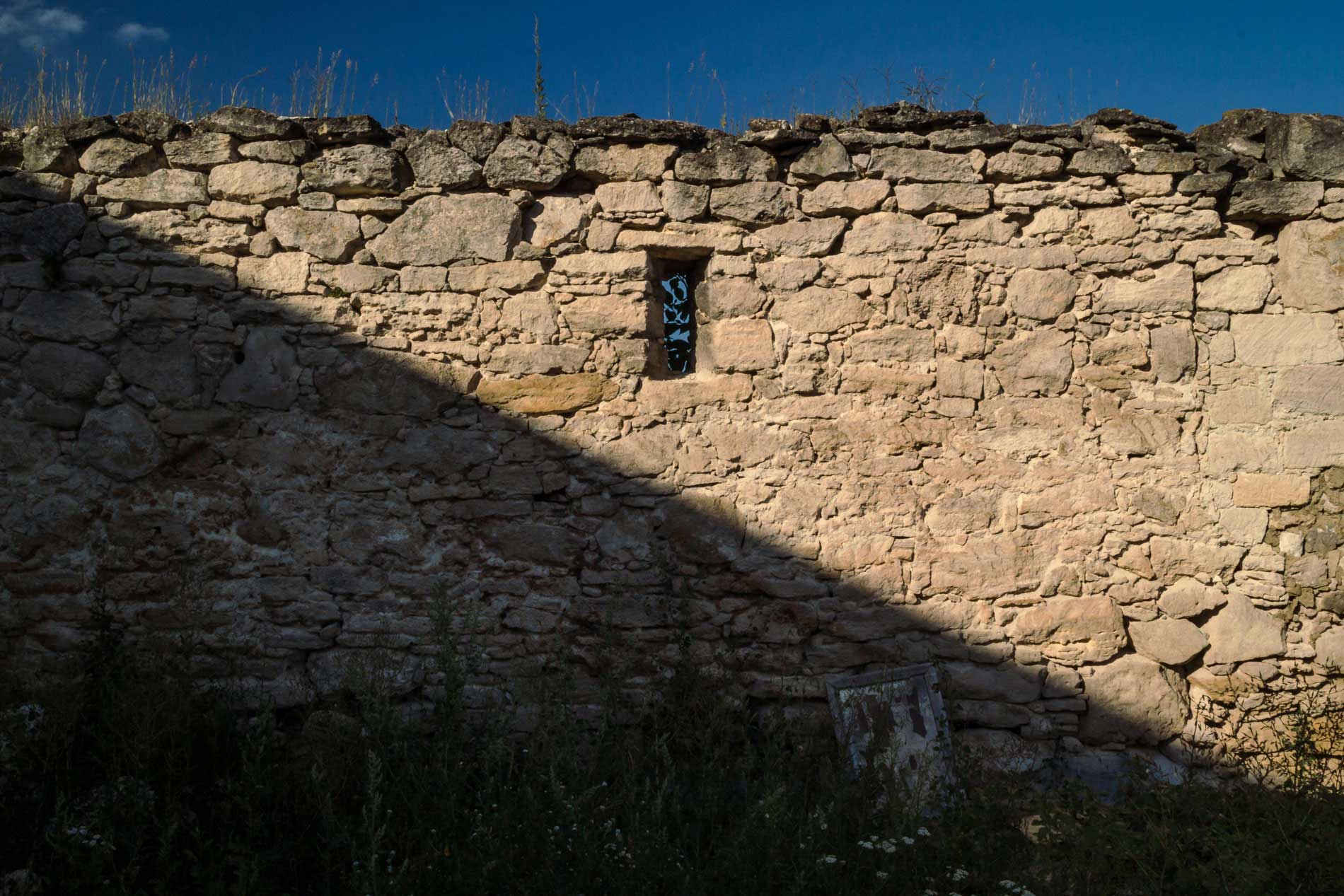
Laser Theatre
Like Count Markhotskyi, Ihor Skalskyi can undoubtedly be called a reformer who is somehow ahead of his time. In 1979, he created the Uzhhorod Laser Theatre along with a group of fellow enthusiasts. At that time Ihor was a keen painter, and when he tried to draw with light, he realised it was much more interesting:
— In those days, ‘light music’ was popular: three light bulbs blinking to the beat. We said, “What? A human writes the music, a human should also write the part for the light!”
At that time, computer technology was not yet advanced enough to create images using light. Ihor recalls how the then-director of the Uzhhorod Cultural Centre allocated them a room to conduct their experiments in. Then, in the Department of Physics at Uzhhorod University, they managed to find a laser, which became an ideal light source with almost limitless features:
— There are no textbooks about the synthesis of light and music. But we believed that art would make the world a better place, because back then the world was grey.
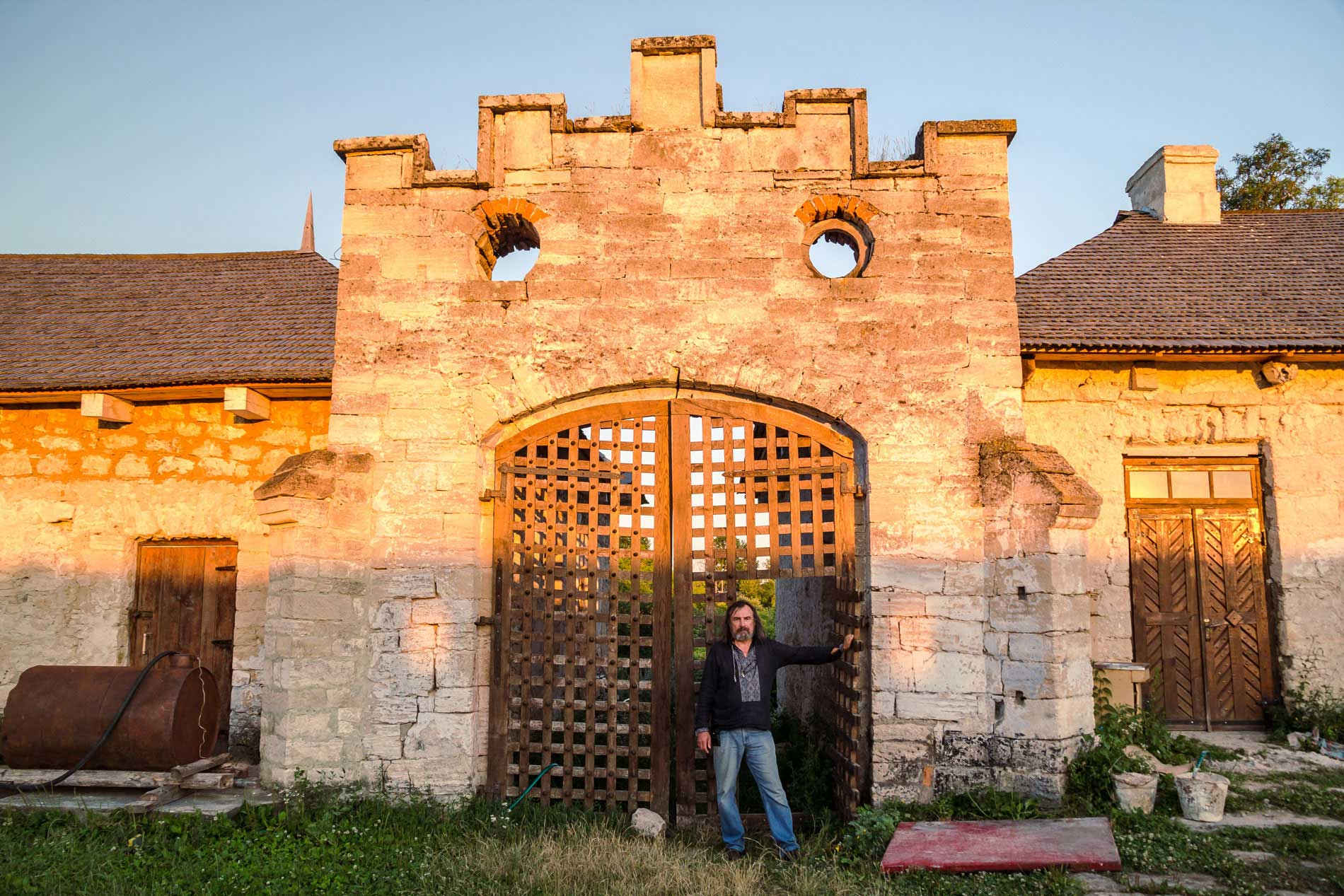
Not in the list of monuments
In addition to the residence in Otrokiv, Ihor Skalskyi also purchased the lord’s mills in the neighboring Podillia villages of Prytulivka and Kruzhkivka. In one of them, there is an exhibition entitled “Memory — the cradle of fate”, with a collection of photographs of the neglected monuments of Galicia, Bukovyna and Podillia. Many of them are accompanied by a note: “not in the list of monuments”:
— These photos were taken by our group of travel enthusiasts. We organised an exhibition at the open-air palace of arts in Lviv. They even tried to transfer it to the Lviv Regional Council for two days. Government deputies walked by, took a look, and grumbled, but the monuments are still standing.
Ihor Skalskyi himself travelled all over western Ukraine, and visited almost all the castles:
— I am a member of UTOPIK, or the Ukrainian Society for the Protection of Monuments, History and Culture. I love monuments, I’m in love with our history. You can see them in photos, but until you come here and feel this place… Written monuments can be falsified, while architectural monuments cannot be stolen, only destroyed. In fact, they were often destroyed. But it is much more difficult to hide the truth about them.
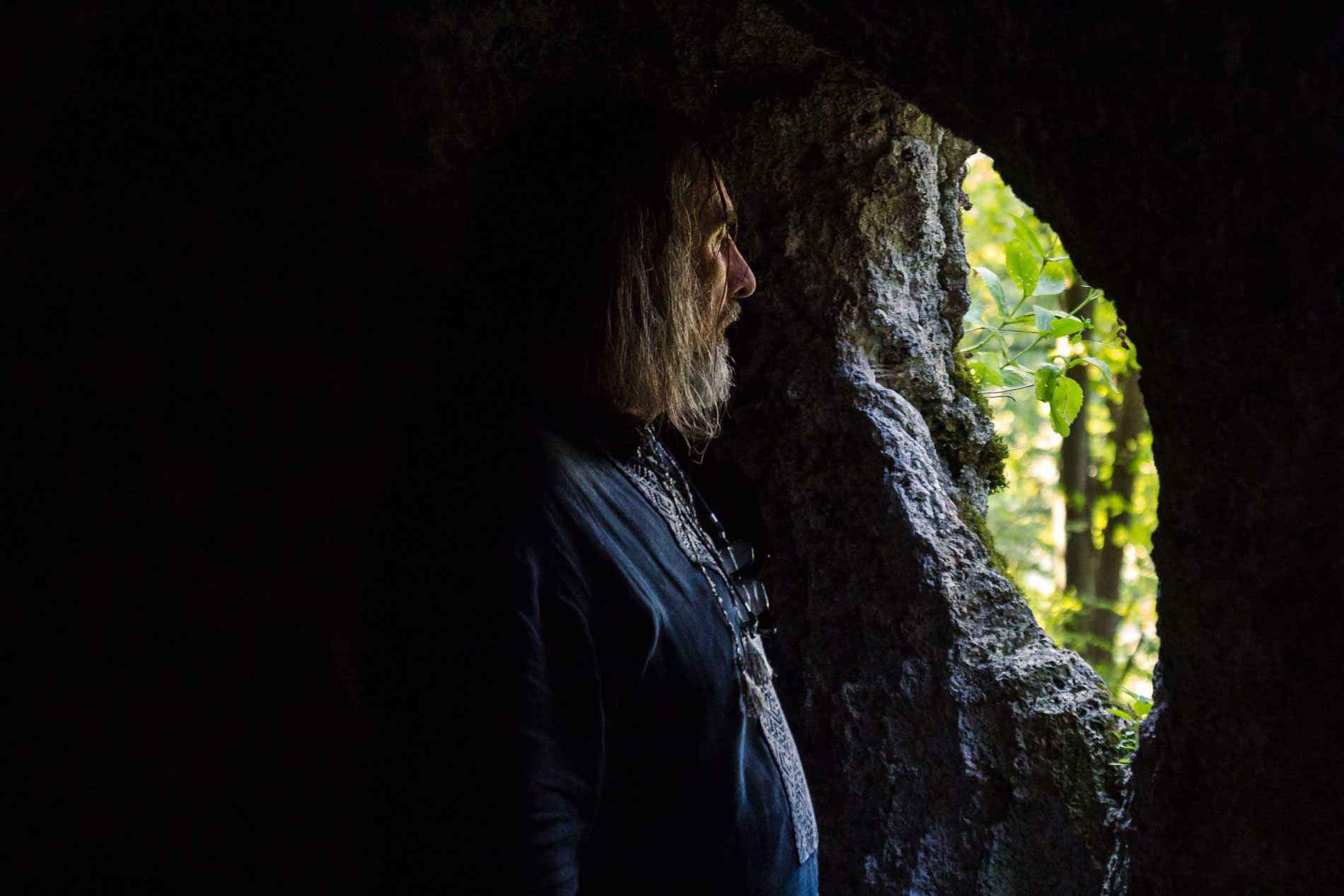
Among the remarkable range of Ukrainian architectural monuments, the ones that are in good condition can be counted on one hand. Most of them are in need of a complete overhaul. However, there is little money in the state budget for the restoration of cultural heritage. There are even fewer examples of successful privatisation:
— An example of poor privatisation is Stryi Pidhirtsi (Brunytskyi Palace). The palace is still standing, but in a state of collapse. At some point it was privatised. Also, the Rey Palace (a 17th-19th century palace in the village of Pryozerne in Galicia) near Pidkamin, was given for temporary use to the Kyiv Patriarchate, who took it and sold it. It changed hands, and has been neglected by the current owner. The building is still standing, but collapsing.
Of those who, like himself, have taken it upon themselves to look after historical heritage, Skalskyi recalls Jossyp Bartosz. An artist and musician originally from Mukachevo, Bartosz rented the abandoned Saint Miklós castle in Transcarpathia and saved the monument from destruction (Read our story about the Saint Miklós castle):
— As far as I know, in the Khmelnytskyi region there are about two thousand monuments of local architecture that are still neither certified nor registered. Consequently, there is no possibility of saving them.
The philanthropist says that further trouble is caused by people wanting to make some money on the side:
— The locals don’t often steal, but we do get trouble from visiting metalworkers. For example, the mill at Kruzhkivtsi first had its wheels stolen, then the turbine. Then electric motors were installed instead, but they were stolen in 2014.
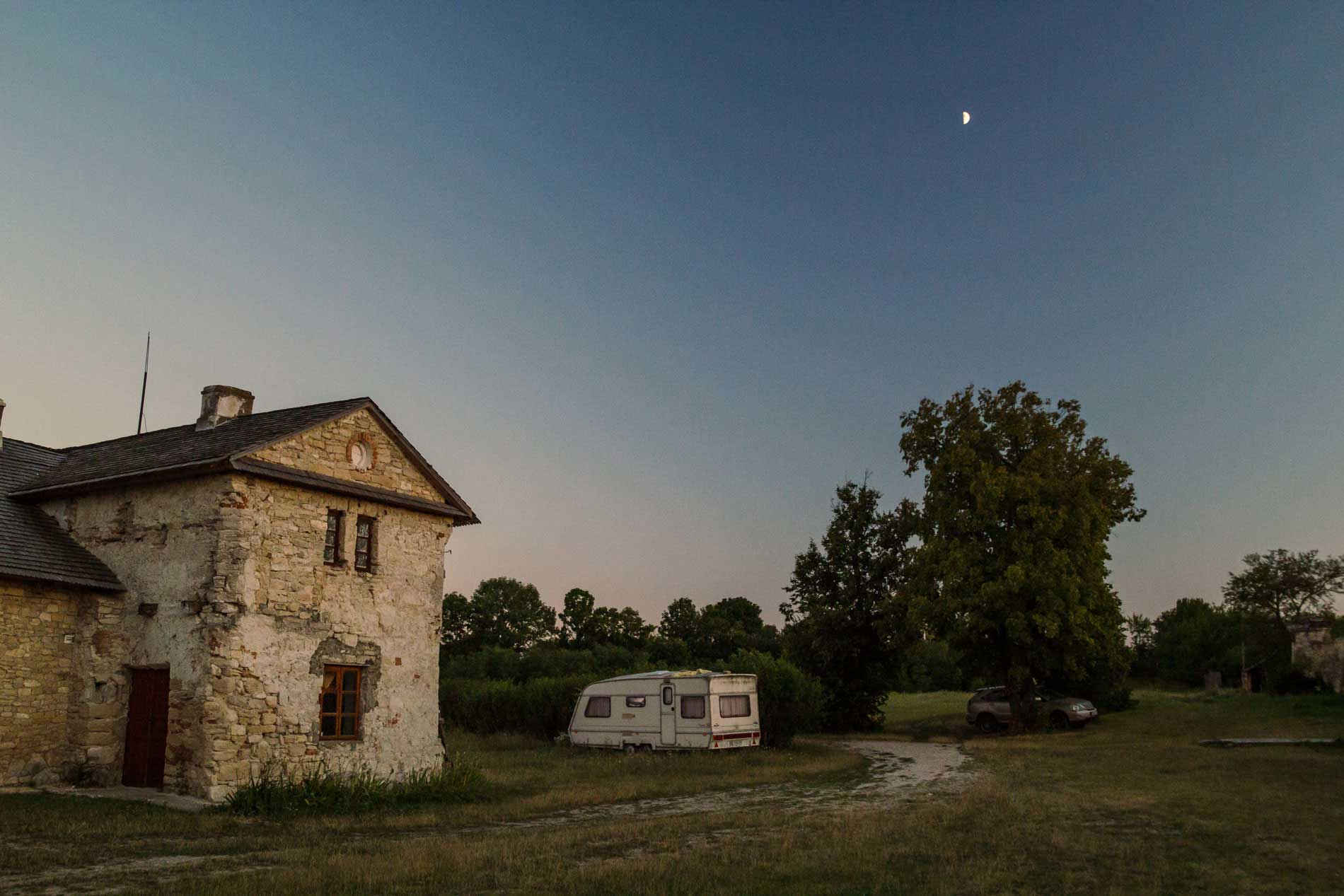
Reincarnation
These days, the Centre for Markhotskyi Studies works in the Podillia region. In 2012, local historian Volodymyr Zakhariev bought a house in Mynkivtsi, where he established a memorial museum to the count and reformer.
Thus, despite the obstacles — the limited budget and the lack of a state policy aimed at preserving architectural monuments — Ihor Skalskyi believes that with the help of like-minded people, he will revive the ideas and glory of the Mynkovetska State:
— Markhotskyi gave the people liberation from serfdom. Even now, we are still in slavery — it’s in our genes, our stereotypes. We’re slaves again, we’re automatons executing a programme we did not create. Reincarnation is real; a part of Markhotskyi lives in me. He isn’t dead. I mean, those ideas and thoughts — what we do for others — live on, while what we do for ourselves goes with us to the grave.
